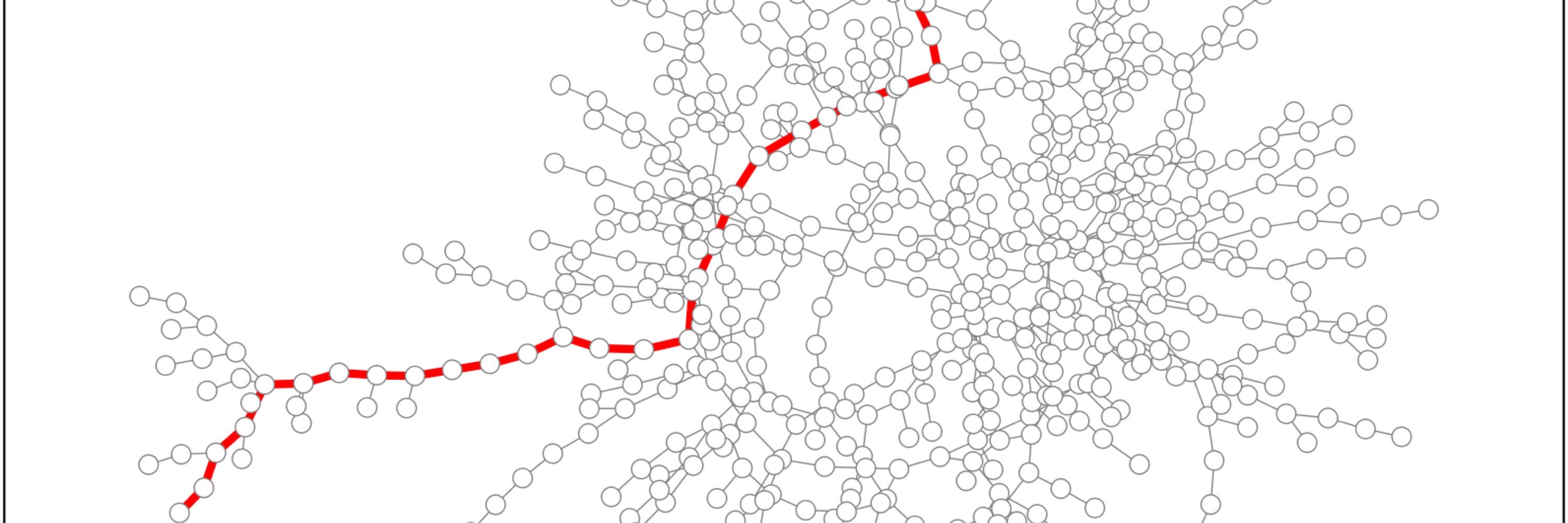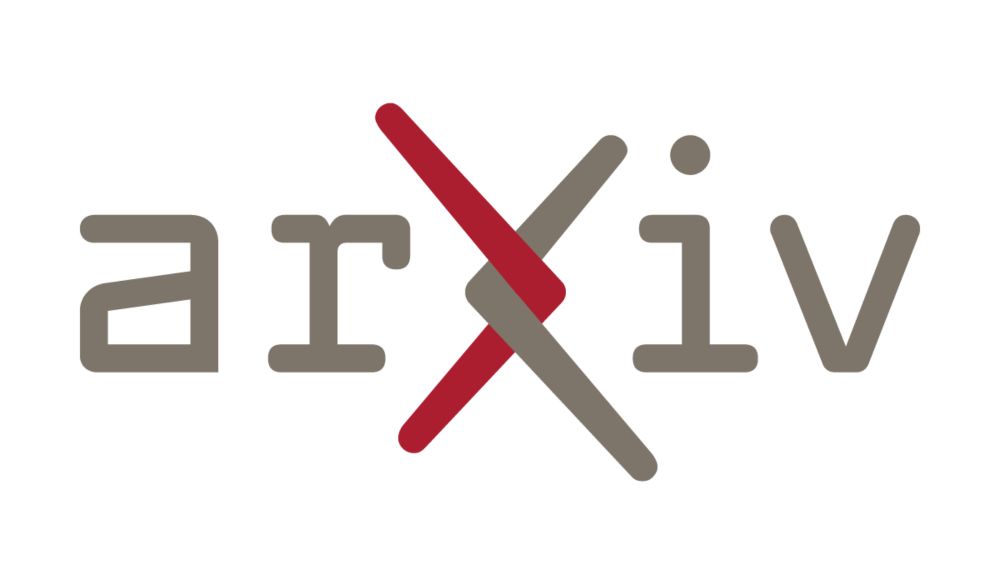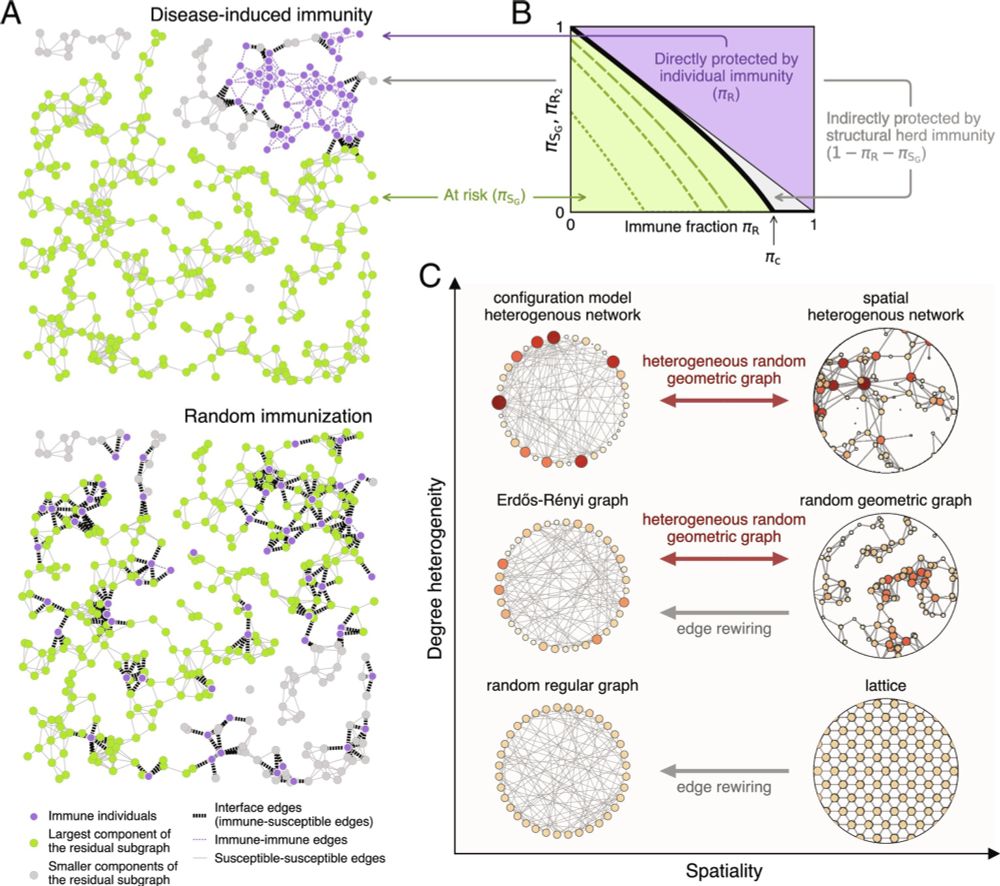
Network Science, Complex systems, Infrastructure, and Human mobility
https://sites.google.com/view/danielhankim/home

We are data scientists studying the creation, flow, and impact of information. How do scientists collaborate? How does AI shape information access? What drives local innovation?
Want to answer these questions? details below!

We are data scientists studying the creation, flow, and impact of information. How do scientists collaborate? How does AI shape information access? What drives local innovation?
Want to answer these questions? details below!
Check out this map of LLM Tools for Public Discourse, Pluralism & Social Cohesion.
Bonus: link to a public dataset of 70+ tools is included in the first page of the report.

Check out this map of LLM Tools for Public Discourse, Pluralism & Social Cohesion.
Bonus: link to a public dataset of 70+ tools is included in the first page of the report.
arxiv.org/abs/2510.23964

arxiv.org/abs/2510.23964


📄Full Paper: arxiv.org/pdf/2510.07488
👩💻Code: github.com/Rasikamurali...
📄Full Paper: arxiv.org/pdf/2510.07488
👩💻Code: github.com/Rasikamurali...


https://arxiv.org/abs/2509.03230
https://arxiv.org/abs/2509.03230
Check out our new preprint on arXiv: arxiv.org/abs/2509.09142

Check out our new preprint on arXiv: arxiv.org/abs/2509.09142
We introduce the minimum-cost percolation framework and apply it to the U.S. air transportation system using publicly available data.
🔗 www.nature.com/articles/s41...

We introduce the minimum-cost percolation framework and apply it to the U.S. air transportation system using publicly available data.
🔗 www.nature.com/articles/s41...
arxiv.org/abs/2508.18281

arxiv.org/abs/2508.18281
🇸🇪 We constructed a multilayer population-scale network for Sweden, capturing distinct features of the country.
📝 doi.org/10.1038/s415...
cc: @ingakwoh.bsky.social @matmagnani.bsky.social ++

🇸🇪 We constructed a multilayer population-scale network for Sweden, capturing distinct features of the country.
📝 doi.org/10.1038/s415...
cc: @ingakwoh.bsky.social @matmagnani.bsky.social ++


Is herd immunity to infectious diseases effective when induced by natural infection? Earlier studies have suggested that population heterogeneity makes disease-induced herd immunity more effective than previously thought. Our work challenges this notion.

Is herd immunity to infectious diseases effective when induced by natural infection? Earlier studies have suggested that population heterogeneity makes disease-induced herd immunity more effective than previously thought. Our work challenges this notion.
Submit to #ComplexNetworks2025!
📅Dec 9–11, Binghamton, NY 🇺🇸
📄 Full Papers & Extended Abstracts
⏳ Deadline: Sept 2, 2025
👉 complexnetworks.org/submission/
#ComplexSystems #CallForPapers #ComplexNetworks
Submit to #ComplexNetworks2025!
📅Dec 9–11, Binghamton, NY 🇺🇸
📄 Full Papers & Extended Abstracts
⏳ Deadline: Sept 2, 2025
👉 complexnetworks.org/submission/
#ComplexSystems #CallForPapers #ComplexNetworks







